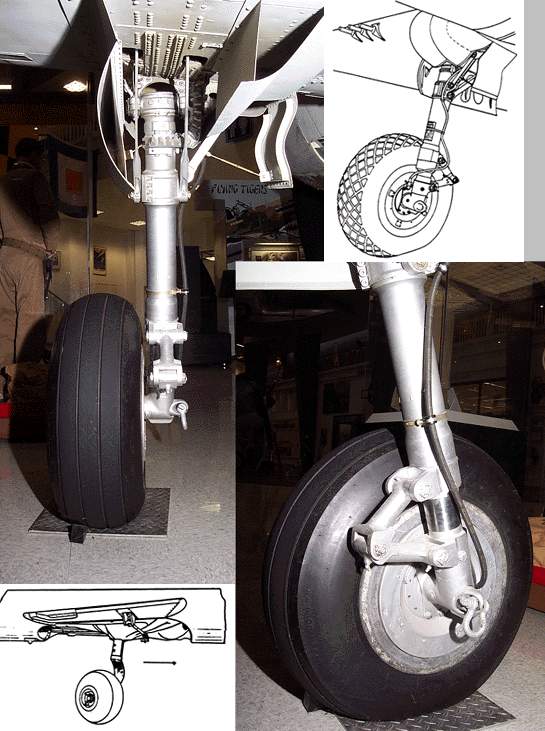Google translator is your friend and FreeOCR is its cousin

"The facsimile of the factory drawing of the Focke-Wulf Design Bureau,
Dated July 1939. One of the
Development of the prototype Fw 190 V1. The elongated
fuselage, machine guns are installed under the hood.
The armored headboard of the chair, and the calculation of the mass."
From what I read, the V1 prototype had no fuselage mounted guns, the whole
armament should be installed in the wings.
The cockpit is positioned further aft in this drawing. This is said to have been the
result of the change to the heavier BMW 801 engine and allowed installation
of the fuselage mounted guns.
I've tried to check this drawing against two drawings of the V1 (via
https://cernunninsel.files.wordpress.com/2014/06/focke-wulf-fw-190-v1-dreiseitenansicht.jpg,
originally published in the German magazine "Klassiker der Luftfahrt" and via
https://forum.warthunder.com/index.php?/topic/145474-first-flight-of-the-fw-190-1st-june/)
Judging typical points (wing attachment points at the fuselage, junction of tail section and
fuselage) length seems to coincide with the V1, so perhaps it actually shows changes to take
the BMW 801 engines and increased armament. Then the date 1939 for this drawing would be
logical, but ... that landing gear then makes no sense at all, because the wide tracked landing
gear was regarded as an important advantage to the Bf 109 and certainly nothing, that would
have been relinquished recklessly.


